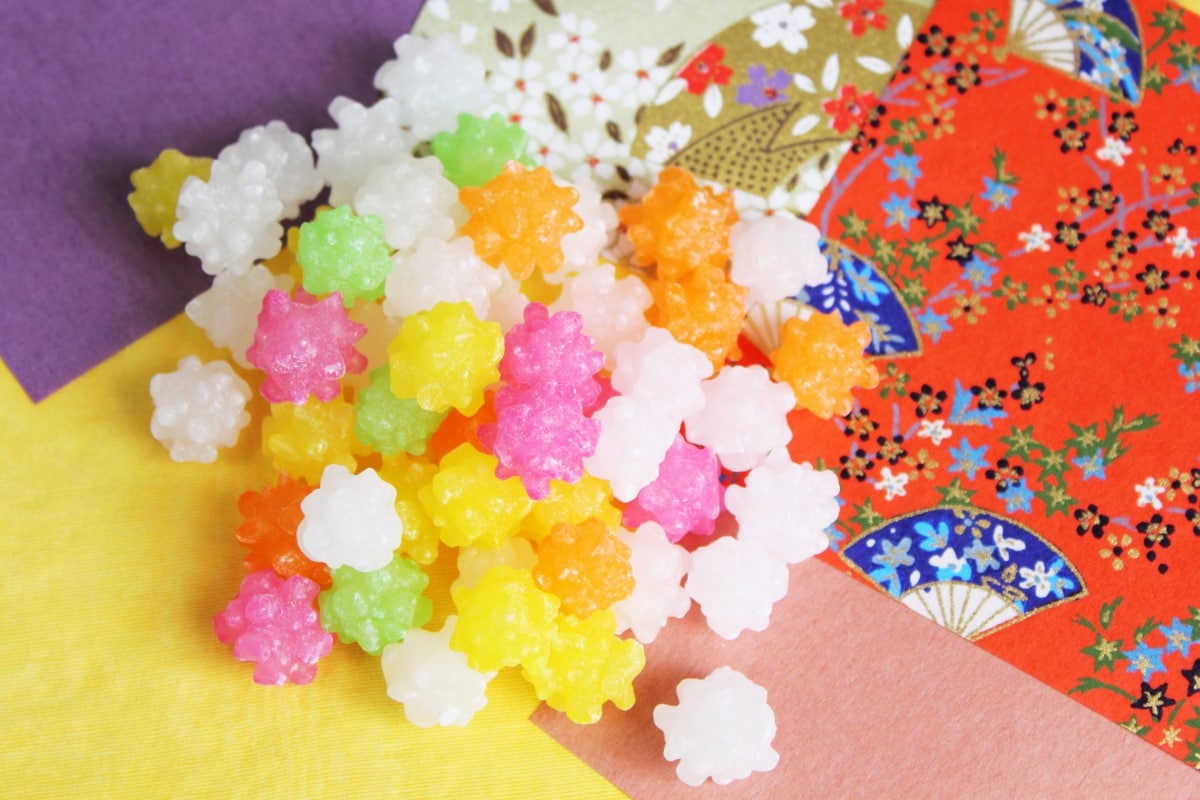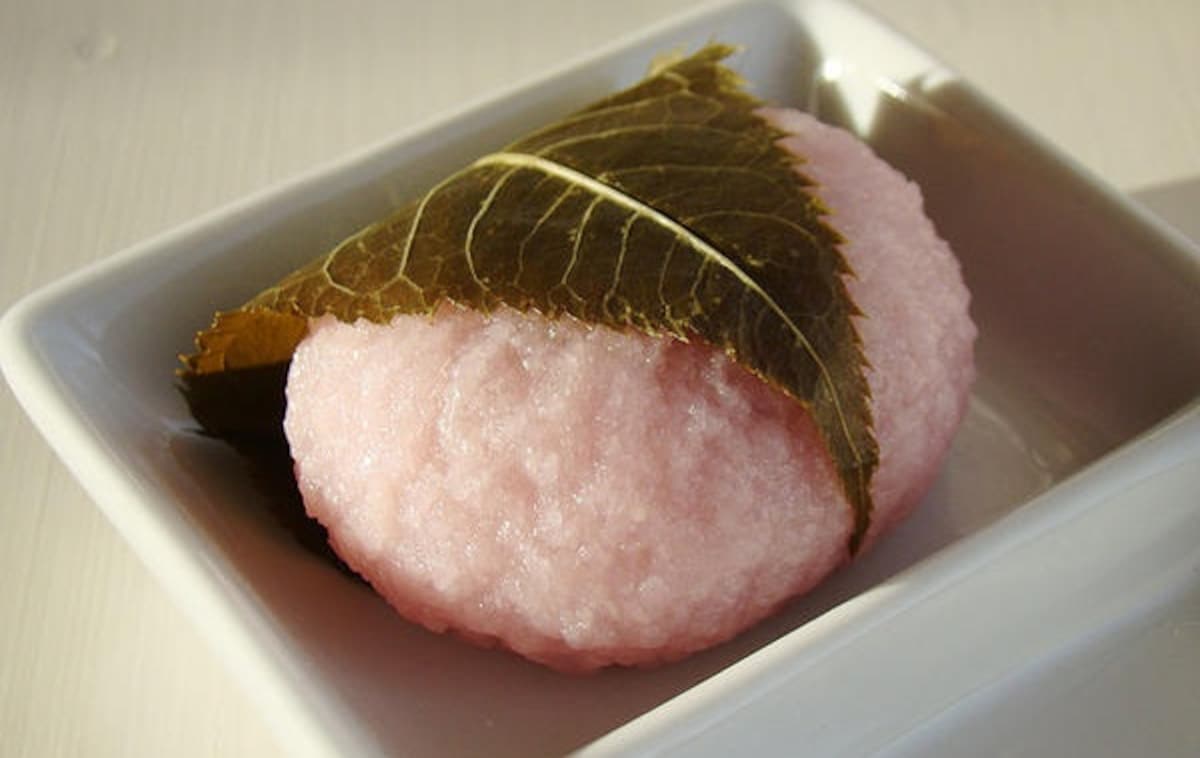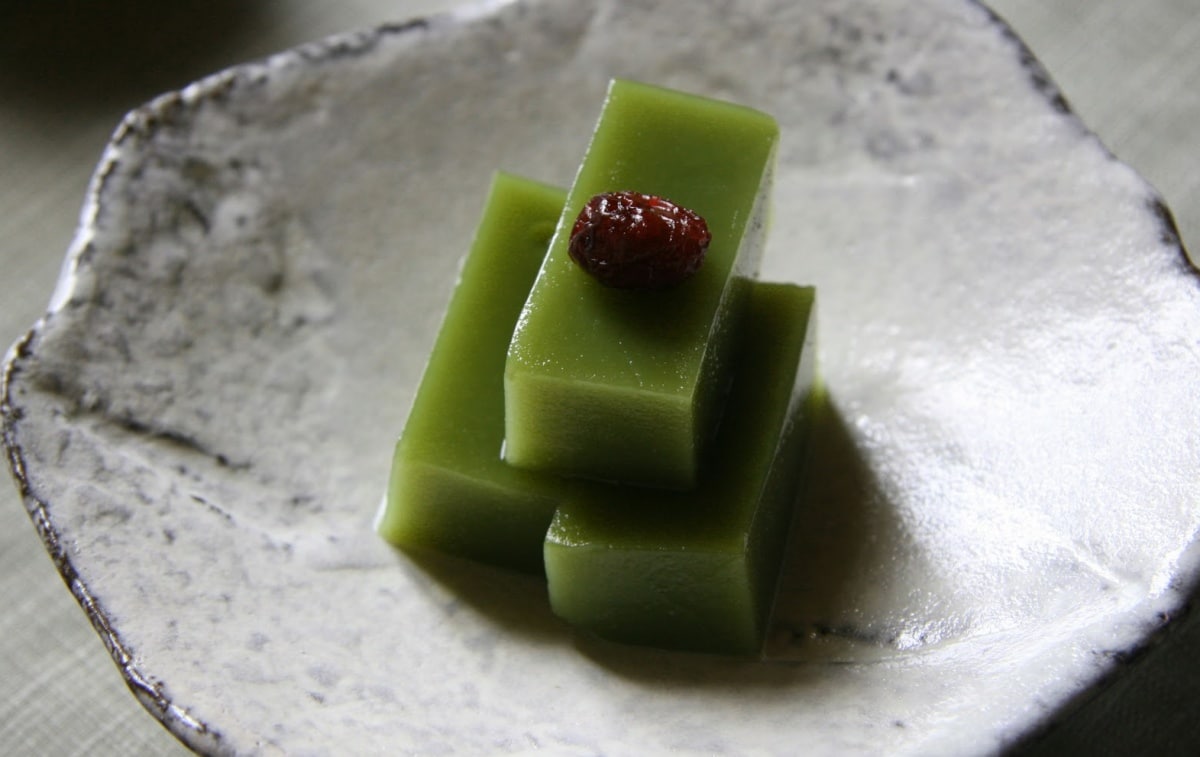Top 10 Traditional Sweets of Japan
One of Japan’s most recognized attributes is its ability to sustain its most prized traditions, one being Japanese sweets. Japan not only likes to preserve its popular and most distinguished wagashi, but people from all over the world have developed quite an interest to trying, buying and making them!
By O.M. Miki5. Yatsuhashi
Yatsuhashi are a popular souvenir from Kyoto. They're made of a sweet bean paste sandwiched in soft dough shaped into a triangle. You can find all sorts flavor variations, including green tea, chocolate, strawberry, banana and blueberry.
Yatsuhashi snacks are named after Yatsuhashi Kengyo, a musician who lived in Kyoto from 1614 to 1685. He is credited as the father of modern koto, vastly expanding the instrument's repertoire and teaching it to general audiences.
However, the snack that initially honored him (some say it was even invented by him) is not the delicious triangle you see above—it was a long, crisp, semi-cylindrical cracker that recalled the delicate curve of the koto. Technically known as nama (uncooked) Yatsuhashi, the form that is so popular today in fact emerged as a fresh innovation from existing Yatsuhashi makers in 1960, and has gone on to enjoy explosive popularity to this day.
4. Taiyaki
Taiyaki is a Japanese fish-shaped cake and It's most common filling is red bean paste . Taiyaki is made by pouring regular pancake or waffle batter into a fish-shaped mold. The filling is put on one side before the mold is closed and baked on both sides.
3. Kompeito
Remember that oscar winning animation film "Sprited Away"? Well if you look closely you'll see those cute little dust balls happily gathering delightful candies called kompeito. Though just made with sugar and coloring, these sweet nibbles are adored by all ages and can be bought pretty much anywhere in japan.
Konpeito was first introduced to Japan by the Portuguese in the 16th century (they called it confeito). Oda Nobunaga, one of the three great generals who unified Japan, was delighted with the shape and taste of Konpeito, and it became very popular among samurai and noble families in the latter part of the Warring States Period (1467-1590).
2. Sakuramochi
After the petals and leaves undergo a process called shiozuke, which is soaking them into salt, you get sakurazuke. Sakurazuke has a distinctive smell and is used to put on bread, or in this case, sakura mochi.
Sakura mochi is a Japanese treat consisting of red bean curd either completely or partly wrapped by pink-stained mochi. A pickled cherry blossom leaf leaf, or sakurazuke, is then wrapped around the soft little ball. These are particularly popular during the cherry blossom season in spring, and are traditionally eaten on March 3 to celebrate Hinamatsuri, or Girls' Day.
1. Yokan
Originally a Chinese confection made from gelatin from boiled sheep, yokan have evolved into jellied desserts made of red bean paste, agar and sugar. In some variations, the red beans are substituted with a white kidney bean paste, known as shiro-an.
There are two main types, known as neri (kneaded) yokan and mizu (water) yokan, with the former being relatively dry and cake-like while the latter is quite moist and often enjoyed chilled in summer. Yokan can typically be found molded into long, rectangular blocks, and represent a highly popular gift in Japan.








